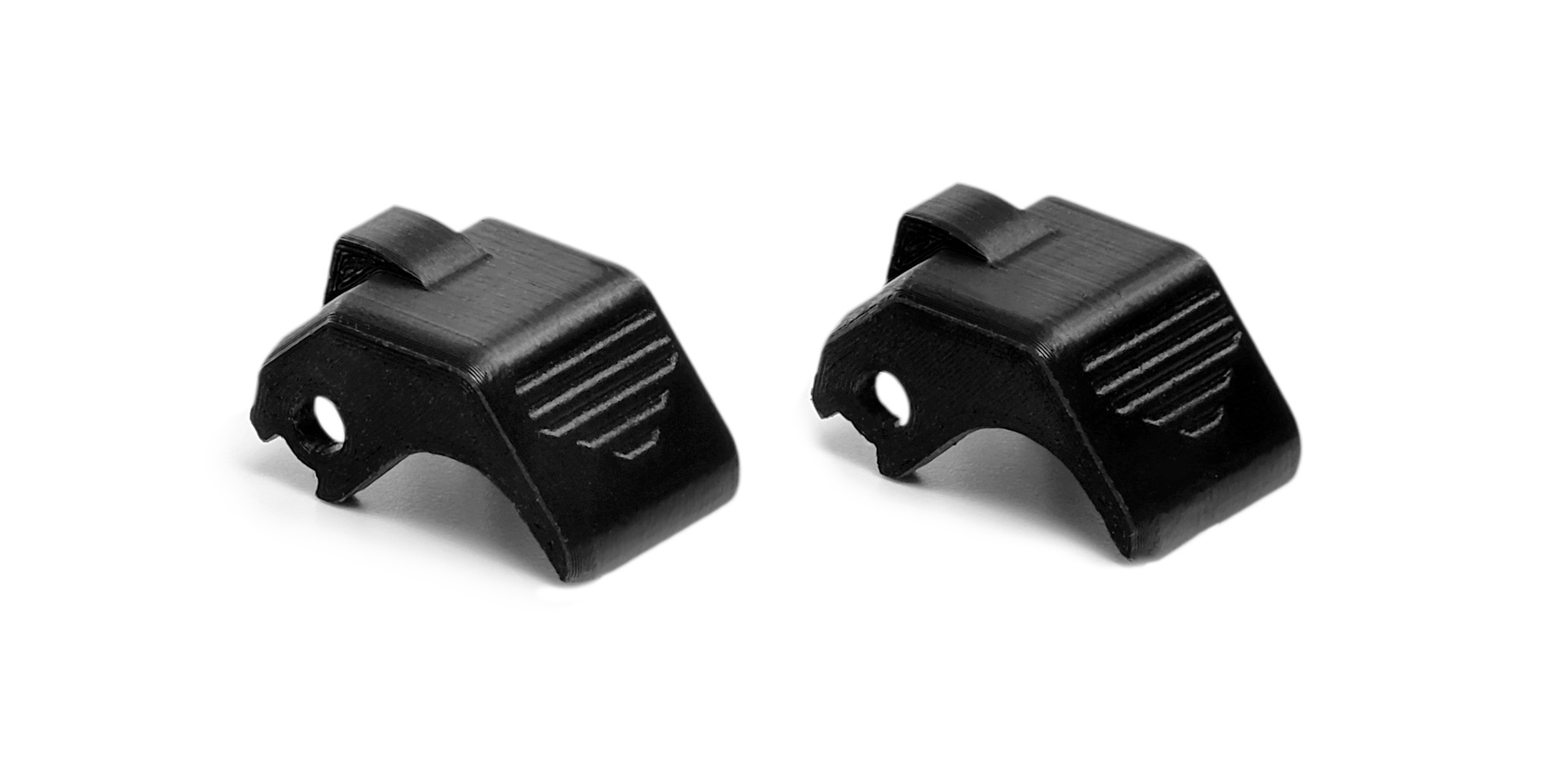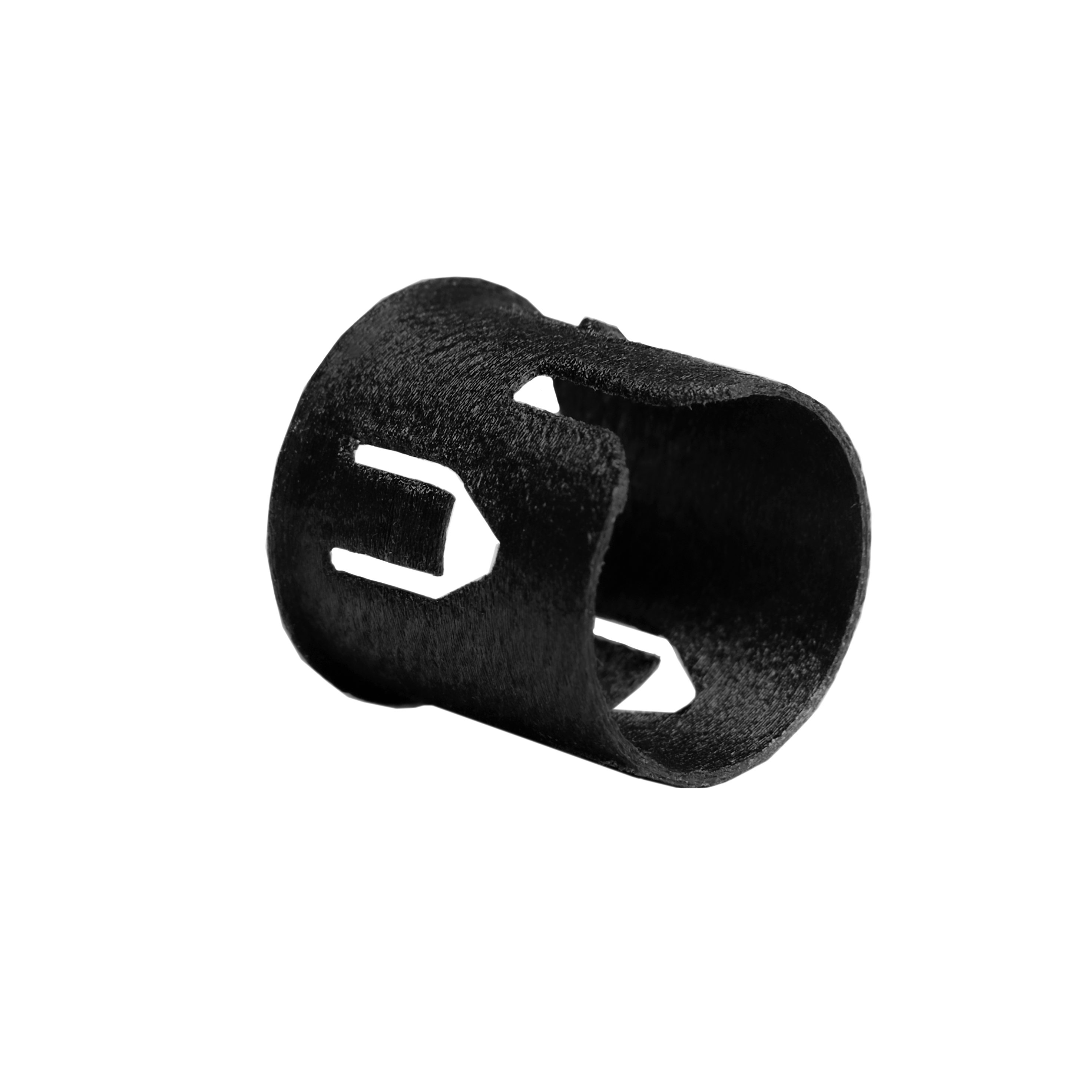Comprehensive reconstruction of the parts
A comprehensive reconstruction of the parts is an advanced process that allows you to restore the functionality and shape of the existing part by scanning 3D, reverse engineering, to the use of modern technologies such as 3D printing. This advanced process allows you to restore parts with high precision.
1. 3D scanning: The beginning of the process
The process of comprehensive part reconstruction begins with a thorough 3D scan of the element we want to recreate. Specialized 3D scanners collect a huge amount of data, creating a three-dimensional geometric model of the existing part. This digital model is the basis for further work.
2. Reverse Engineering: Analysis and modeling
After obtaining a point cloud from the scanning process, engineers begin work on reverse engineering. This process includes geometric analysis of the collected data, identification, and surface modeling. In this step, engineers can also include additional features to improve part performance and durability.
3. Correction and optimization: Precision at every stage
During the reverse engineering process, the design is often revised and optimized. Engineers can adjust the shape, wall thickness, or add reinforcements to achieve optimal part parameters. This is the stage where precision is crucial, because even the smallest details can affect the final properties of the part.
4. 3D Printing: Technology that transforms a concept into reality
Once the reverse engineering process is complete, the resulting three-dimensional model is ready to be transformed into a physical part using a 3D printer. 3D printing, or additive manufacturing, allows for the layering of materials, creating three-dimensional objects. The materials used in 3D printing are diverse, ranging from plastic to metal.
5. Quality Control: Ensuring perfection
Once the physical part is obtained from the 3D printer, the quality control stage begins. Engineers carefully check the obtained part for compliance with the design model and examine its mechanical properties. Every detail is analyzed to ensure that the final part meets all requirements.
Application and benefits
The process of comprehensive part reconstruction is used in various fields, such as:
• Automotive industry: Recreating unique parts for historic vehicles.
• Aerospace: Reconstruction of existing components from hard-to-reach areas.
• Medicine: Reconstruction of custom implants or surgical instruments.
• Machinery: Reproducing critical machine components.

What are the pros and cons of comprehensive part reconstruction?
|
ADVANTAGES • Precision and accuracy: This process provides very high precision in reproducing the existing part. • Speed: Compared to traditional manufacturing methods, complex part reconstruction is typically faster. • Availability of custom solutions: Ability to create custom components tailored to specific requirements. |
DISADVANTAGES • Costs: Advanced technology such as 3D scanners and 3D printers can have high upfront costs. • Complex Geometric Structures: Parts with very complex shapes may require more advanced engineering processes. |
The comprehensive reconstruction of parts, starting from 3D scanning, through reverse engineering and 3D printing, is a modern revolution in the field of bringing existing parts back to life. This advanced technology not only allows the reproduction of complex parts, but also makes it possible to introduce non-standard solutions, increasing production flexibility and opening up new opportunities for innovation.

